How To Hold Onto At-Risk Customers
Published on November 30, 2015/Last edited on November 30, 2015/8 min read


Todd Grennan
Content Production Principal, Content Marketing at BrazeEveryone loses customers. It’s an unfortunate fact of life. Sometimes they ghost on you and disappear without any warning. And sometimes they give you every warning in the book by opting out of push notifications, slowly dialing back their engagement, and then uninstalling your app.
But while losing customers is normal, how many drift away and how quickly has a major impact on the long-term success of your brand. You can’t hold onto every customer who starts to disengage. But with a smart, responsive marketing strategy, it’s possible to make the best of this bad situation by reaching, engaging, and retaining the people you still have a shot with.
We’ve put together a guide to the different kinds of disengagement that mobile-focused brands need to be prepared for and how to respond to each one. Let’s dive in.
Passive disengagement
1) Stops engaging with messages
If a customer stops viewing or engaging with the push or emails you send their way, consider creating retargeting campaigns to reach them through another channel. By automatically following up via email with customers who don’t convert from a push notification, you increase the chances that your messages reach and engage their intended recipient. Plus, you can gain insight into which customers are most receptive to which channels, helping you improve your outreach going forward.
For customers who who stop engaging with push or email, but continue using your app or your website, using in-app messages in your retargeting can be a great way to engage them. That’s because in-app messages reach everyone active on your website or in your app. Plus, since in-app messages can mimic the look and feel your your brand’s mobile experience, using this channel can be a less intrusive way to share information with customers.
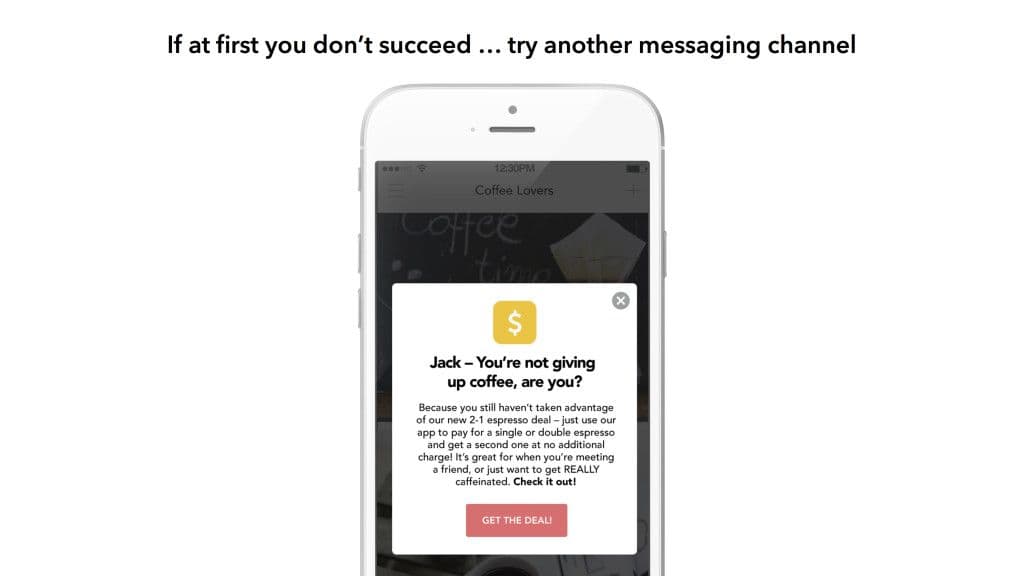
However, if customers keep visiting your app or website regularly while consistently ignoring your outreach in all channels, it might be wise to cut back on messaging unless you see other signs they’re beginning to lapse as customers. That way, you aren’t running the risk of driving them off with messages they aren’t interested in receiving.
2) Stops making purchases
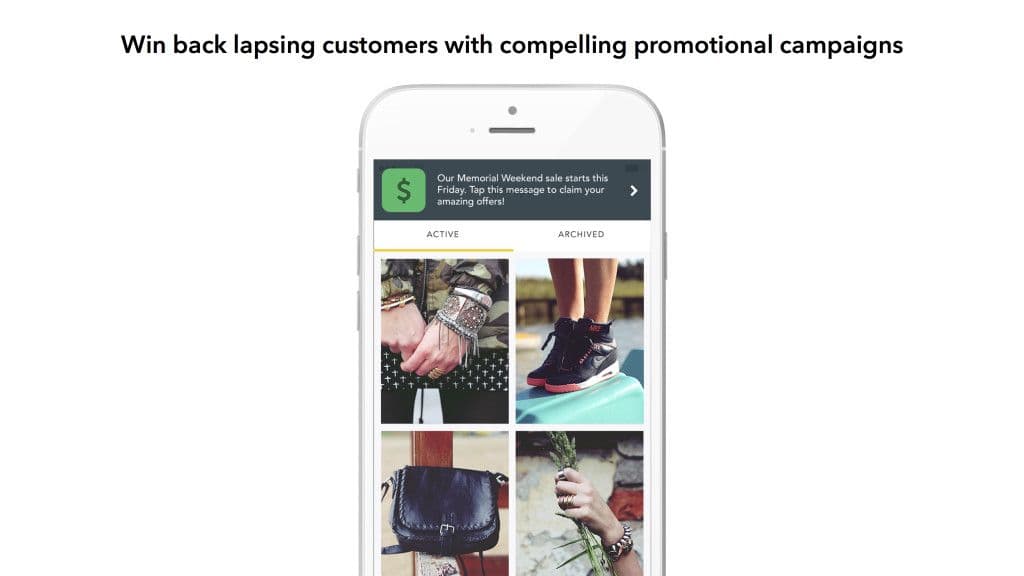
This is exactly the kind of problem that smart, thoughtful messaging can help you solve. Sending messages highlighting new products and timely sales is a great way to reach and re-engage a customer who hasn’t made a purchase in a while. And personalizing your promotional messages increases the chances that the people receiving your campaigns will find the outreach relevant and valuable.
3) Stops using your app / visiting your website / popping by your physical locations
It’s important to take a holistic view here. If someone stops visiting your brand’s brick and mortar stores, but it’s because they’ve started using your website to do your shopping, then there’s no immediate cause for concern. The same goes if they stop visiting your website because they’ve downloaded your app and prefer to use that instead.
That doesn’t mean that your only option is to just accept their changing habits and live with them. If you’re looking to encourage broader engagement with your different platforms (and physical stores), consider using messaging channels like push notifications, email, and in-app messages to cross promote your app to web visitors (and vice versa) and to drive customers to brick and mortar locations near them. Not everyone will bite, but you’ll have an opportunity to make a case for the unique benefits of each and potentially drive deeper engagement with your brand.
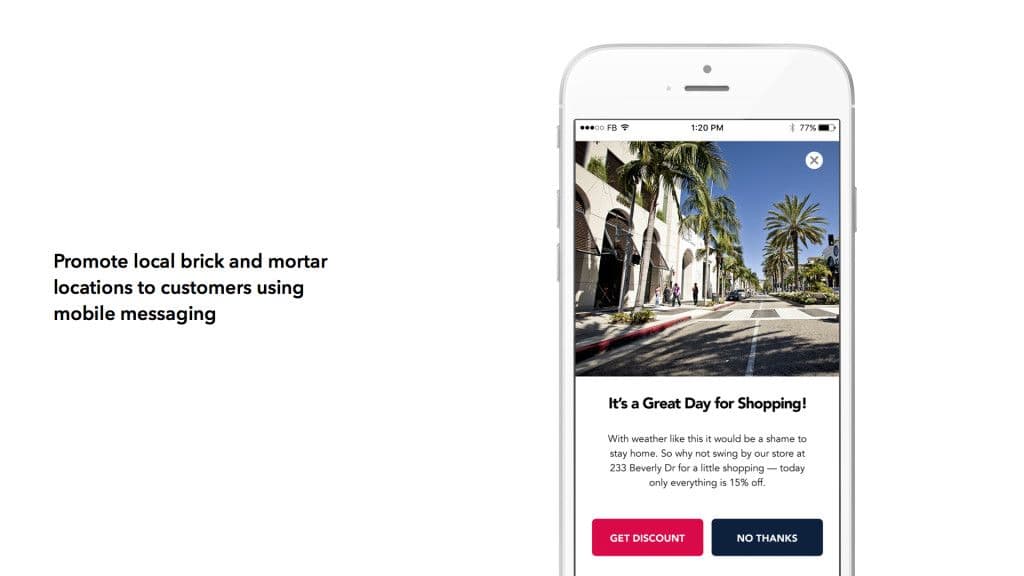
On the other hand, if someone quits engaging with your brand entirely, even for a short while, you should definitely pay attention. Consistent engagement is the key to holding onto your audience and this kind of behavior sends a clear signal that a customer’s retention is at risk. Use whatever messaging channels are available to you to send lapsing customer campaigns to encourage them to resume their regular engagement patterns. But consider setting a sunset policy for push notifications and email for members of your audience who stop engaging completely: after all, messages only work if a customer’s willing to listen to what you have to say.
Active disengagement
1) Opts out of push notifications
Context matters here. Customers who opt out of push notifications immediately after downloading your app may well do that for all the apps they use and aren’t necessary signalling their imminent disengagement. However, their behavior does suggest that you could make a better case for opting in. Consider using in-app messages to explain the benefits of enabling push and don’t ask customers to opt in until doing so will actually make their experience with your app better.
If, on the other hand, a customer turns off push notifications after previously agreeing to receive them, that’s a strong sign that they’ve soured on your outreach. You have the option of using other channels like email or in-app messages to reach out to them. And if you’re willing to offer discounts or other encouragement, you can target these customers for re-permission campaigns that incentivize them to opt back in. But before you do, take a hard look at how many messages you’ve been sending via this channel and whether customers have been responding to them–78% of customers will turn off push notifications or uninstall an app if they get push notifications they aren’t happy with.
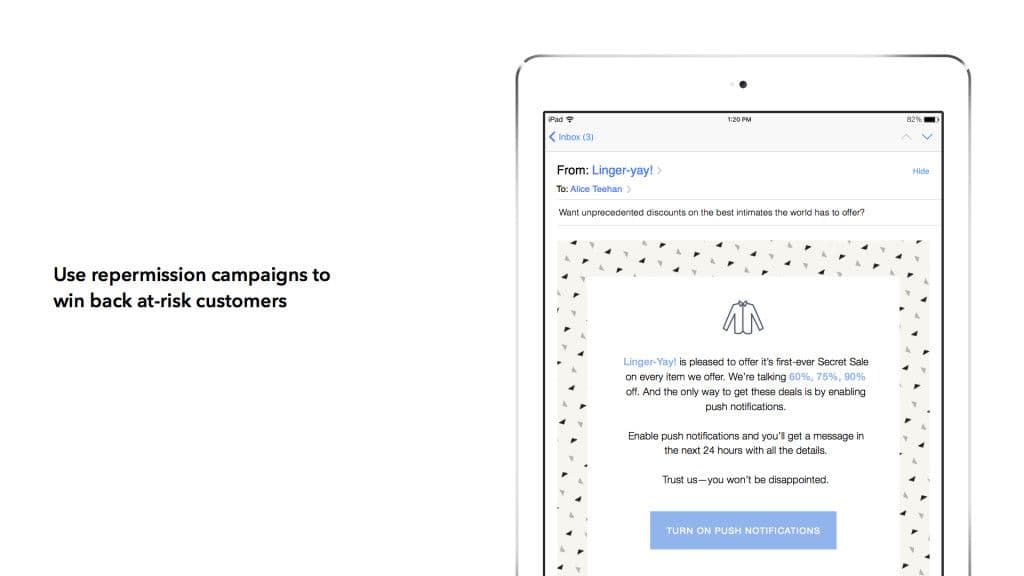
To head off this issue, consider allowing customers to indicate in your app’s preferences center what kind of push notifications they’re interested in receiving. By allowing customers to opt out of certain messages that they aren’t likely to engage with anyway, you can build trust and increase the odds that that the outreach you send through this channel is wanted.
2) Doesn’t join your mailing list / unsubscribes / marks emails as spam / blocks you in Gmail
As with push notification opt-outs, a new customer declining to receive emails from your brand may not mean that you should expect the worst–but it’s probably a sign that you need to do a better job laying out the benefits that come with subscribing.
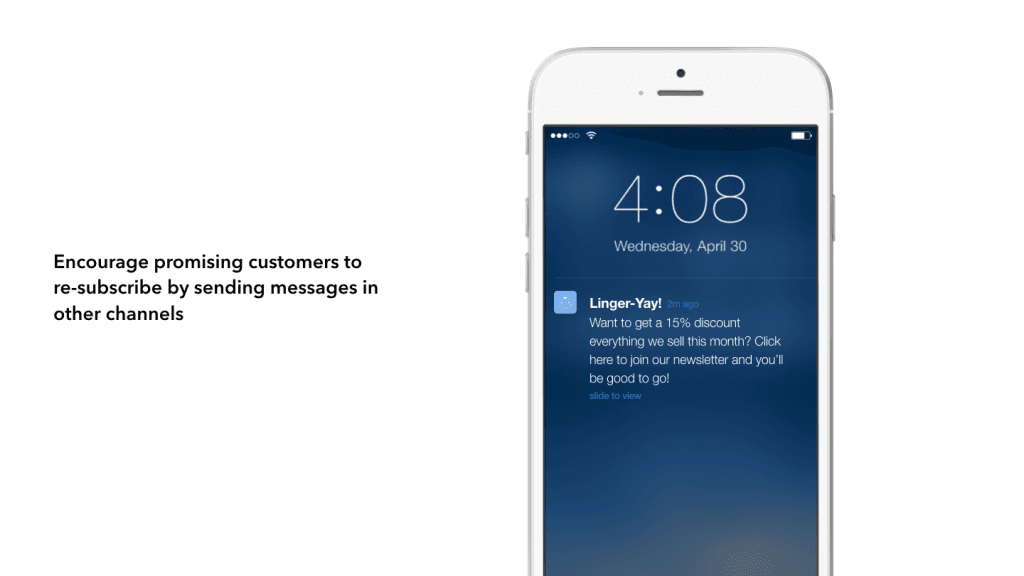
Similarly, when customers choose to unsubscribe from your email list, mark your emails as spam, or blocks future emails from you in Gmail, they’re sending a clear message: they don’t value the outreach you’re sending through this channel. Re-permission campaigns are an option here, too, but convincing a customer to re-subscribe will be difficult. Only move forward with this approach if you’re confident that the customers you’re trying to win back are likely to read and engage with the email content you send their way.
3) Cancels a premium membership or subscription
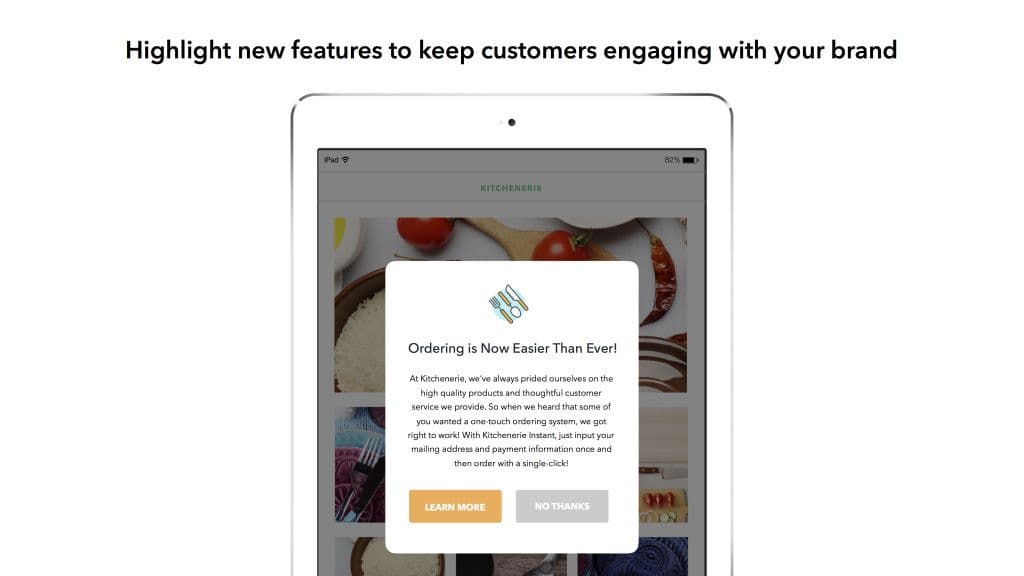
Customers who cancel subscriptions or premium memberships should be monitored carefully. Consider creating an audience segment that specifically targets them for re-engagement campaigns highlighting new features, promotions, and other outreach they might be interested in. Even if they don’t return to your app’s paying tier, this kind of outreach makes it more likely that they continue engaging with your brand over the long haul.
4) Uninstalls your app
When a customer chooses to uninstall your app, that’s the clearest, most explicit signal they can send. Plus, when they uninstall, you lose the ability to reach them with push notifications (unless they happen to visit your website), making it harder to convince them to re-engage with your brand.
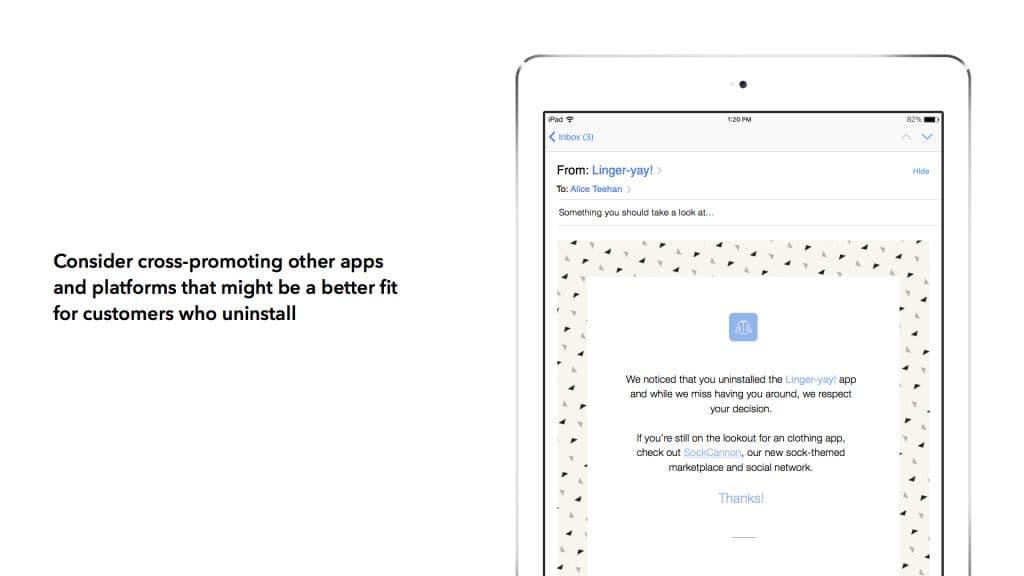
For customers who previously subscribed to your email list, you have the option of using that channel to encourage them to re-subscribe–or, alternately, to cross-promote another platform or app you offer that could be more to their tastes. But continuing to email unresponsive customers over the long term can damage your email delivery reputation with ISPs, reducing how many of your emails are successfully delivered (even to engaged customers who actively want to receive them.) To avoid this kind of disruption, be sure to set up an email sunset policy that cuts off further emails if a customer doesn’t engage for a sustained period of time.
If your marketing automation platform supports it, you also have the option of reaching out to customers who have uninstalled your app via paid Facebook ads. By creating an audience segment focused on people who recently uninstalled your app and then exporting that segment as a Facebook Audience Group, you can specifically target these lapsed customers for advertisements on Facebook, giving you a way to reach them even if other messaging channels are no longer available.
The takeaway
It’s hard to watch a customer walk away. But while you should make a serious effort to reach, engage, and retain them, it’s also important not to keep bothering someone who really, genuinely doesn’t want to hear from you.
Use the tools at your disposal to show these customers what they’ll be missing out on if they go; then, if they still don’t return, treat it as an opportunity to learn something about what is and isn’t working with your outreach. Take advantage of those insights to build stronger relationships with the customers you still have and the ones you’ll add in the future. That’s the path to long-term success.
Related Tags
Be Absolutely Engaging.™
Sign up for regular updates from Braze.
Related Content
View the Blog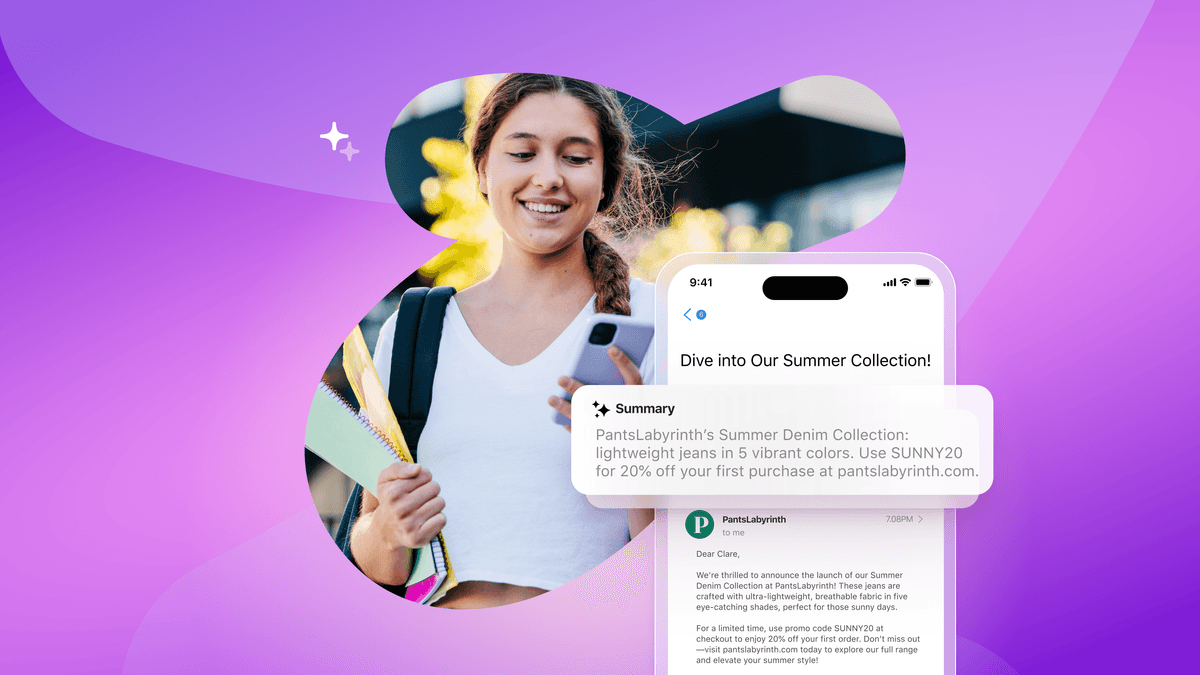
How Android 16 and iOS 26 are reshaping customer engagement

Haley Trost
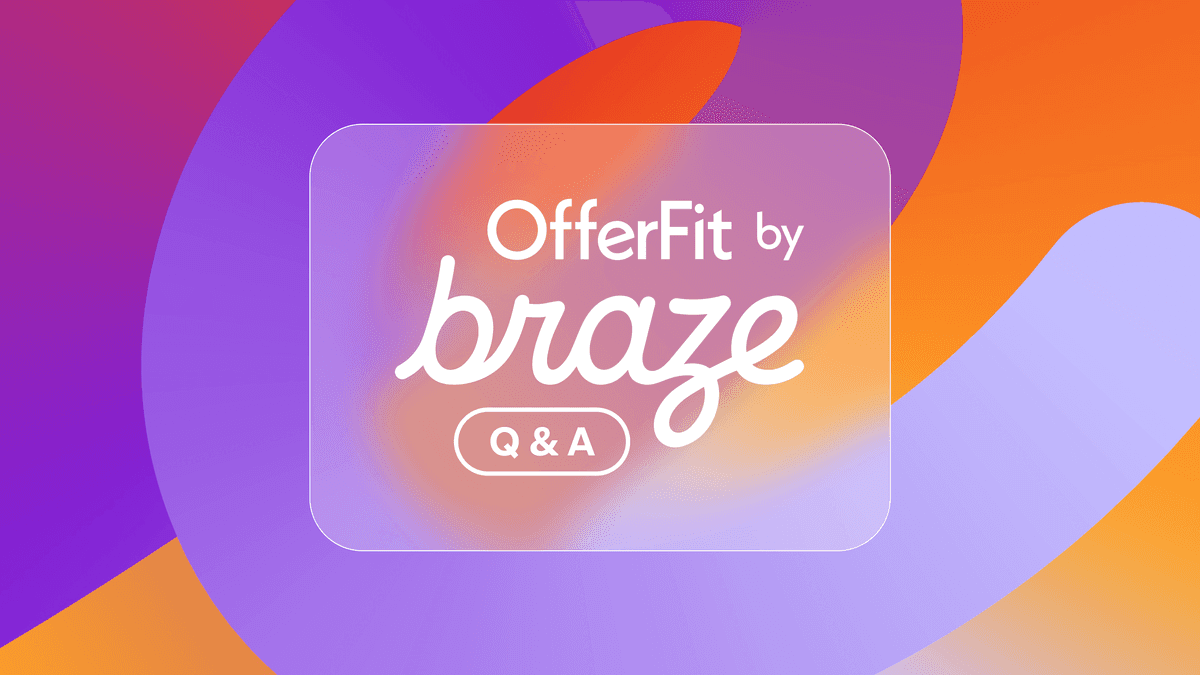
Introducing OfferFit by Braze: Answering burning questions

Matt Kreisher
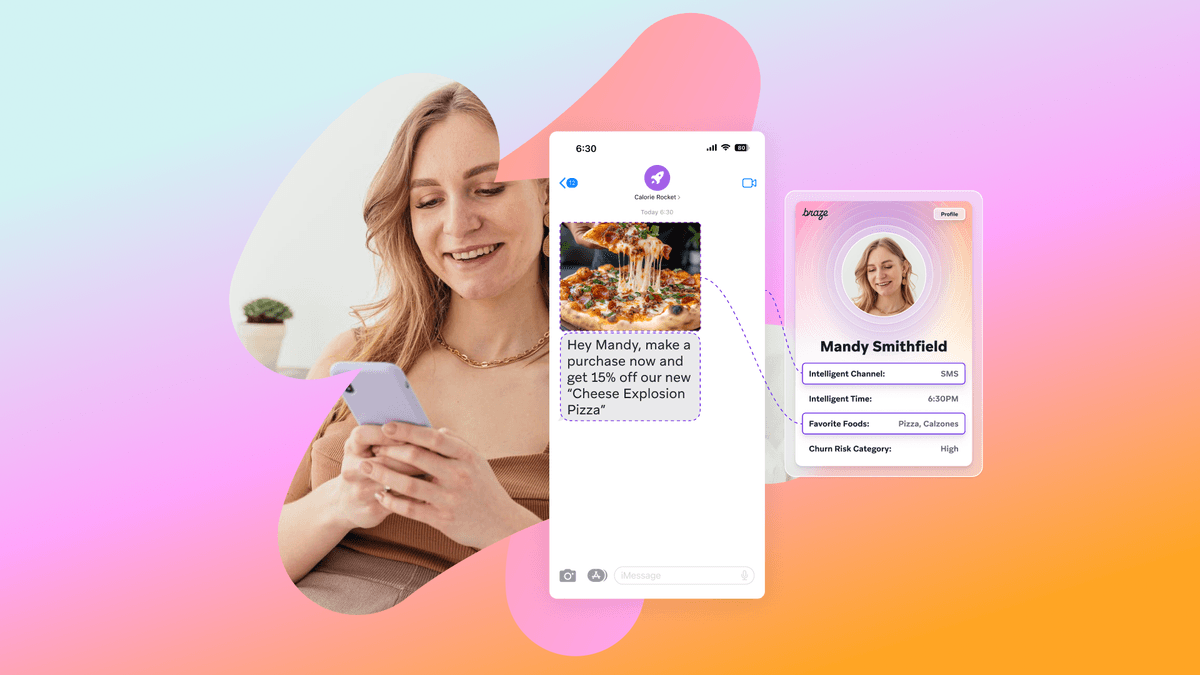
Personalized content: Strategies for delivering 1:1 experiences at scale
